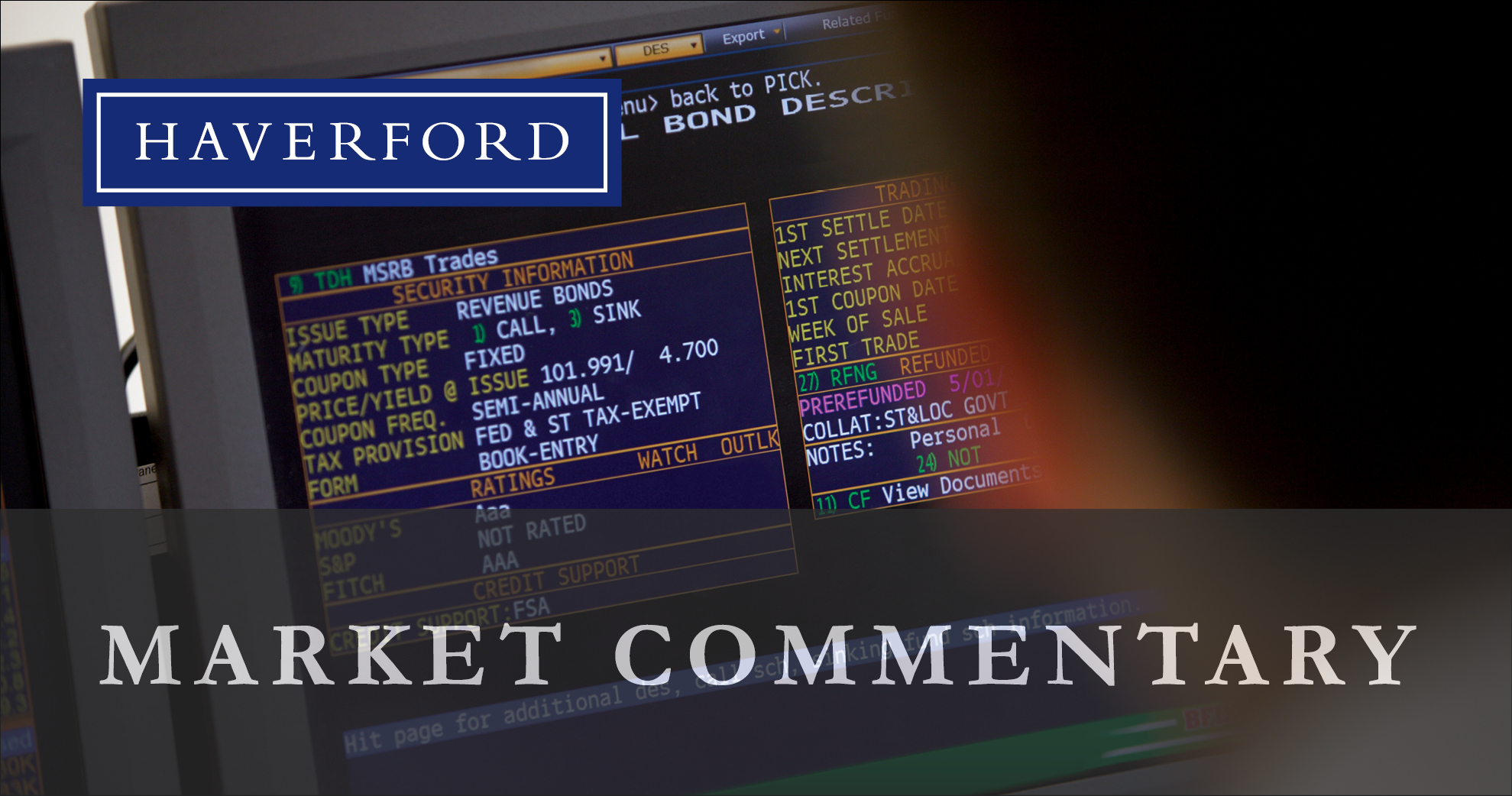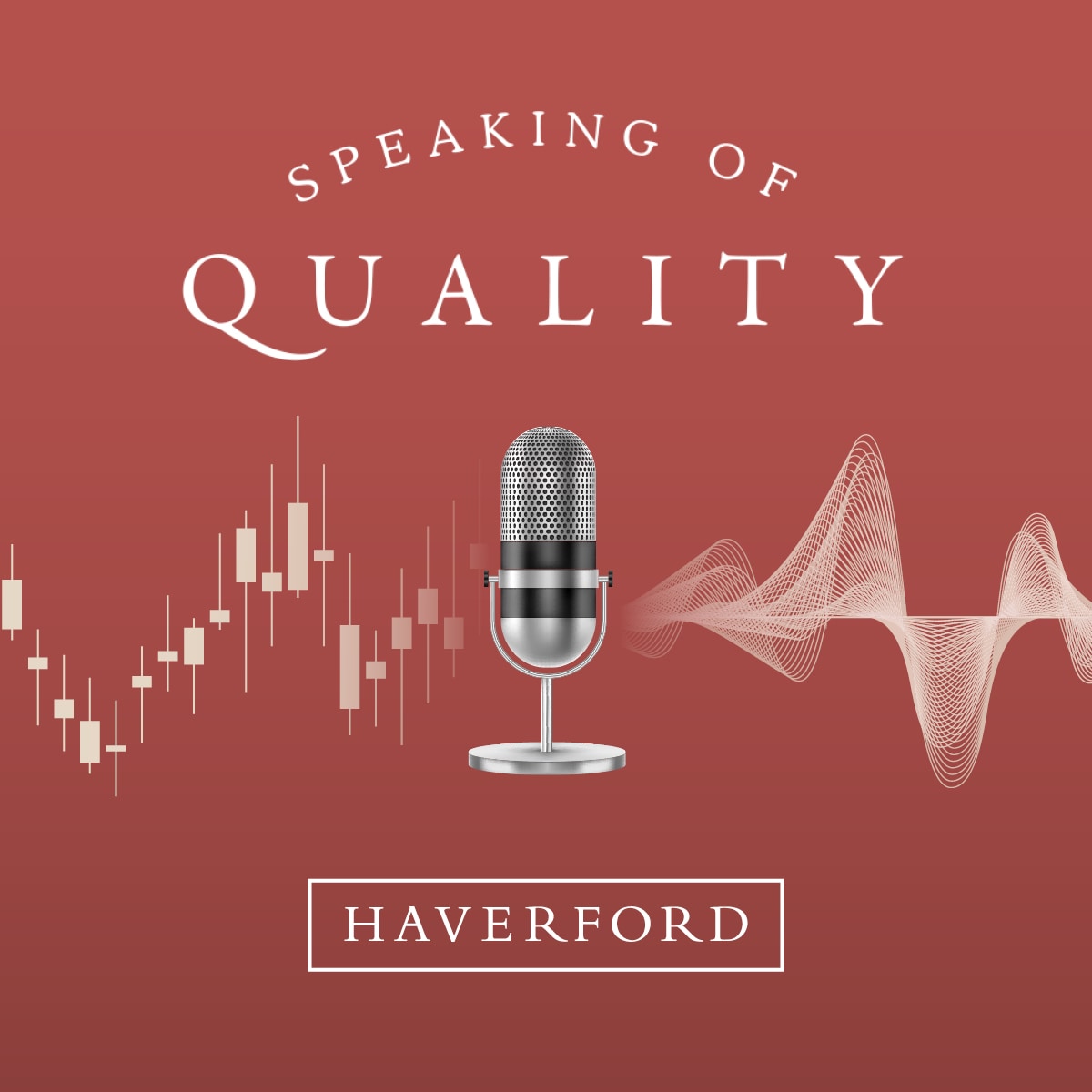Recent News and Insights
Philanthropic Advising: Helping Nonprofits Achieve their Missions
Hank Smith is joined by Rosemary DiRita, Vice President and Philanthropic Advisor at The Haverford Trust Company, on this episode of Speaking of Quality to discuss the challenges nonprofits face today, creative structures for giving, and the role of a philanthropic advisor.
Market Commentary: November 20, 2025
Tim Hoyle, Chief Investment Officer Thoyle@haverfordquality.com AI, Speculation, and Market Fundamentals As of mid-November, market [...]
Tim Hoyle, Chief Investment Officer Thoyle@haverfordquality.com Confidence Low, Spending High - Navigating a K-Shaped [...]
Hank Smith is joined by Rosemary DiRita, Vice President and Philanthropic Advisor at The Haverford Trust Company, on this episode of Speaking of Quality to discuss the challenges nonprofits face today, creative structures for giving, and the role of a philanthropic advisor.
Tim Hoyle, Chief Investment Officer Thoyle@haverfordquality.com AI, Speculation, and Market Fundamentals As of mid-November, market [...]
Hank Smith is joined by Loretta Mester, member of The Haverford Trust Company’s Board of Directors, on this episode of Speaking of Quality to discuss fiscal policy, lessons from previous economic crises, and the current economic outlook.
NYSE TV – Hank Smith, Director, Head of Investment Strategy was recently interviewed by [...]
Tim Hoyle, Chief Investment Officer Thoyle@haverfordquality.com Earnings Results Justify Lofty Multiples for Top Tech [...]
At Haverford, we take a multilayered approach to securing our digital assets, which may [...]
Hank Smith is joined by Pat Roberts and Nancy Blair, co-founders of AIM Academy and the AIM Institute for Learning and Research, on this episode of Speaking of Quality to discuss overcoming entrepreneurial challenges, planning for the future, and the importance of literacy and diverse methods of learning.







